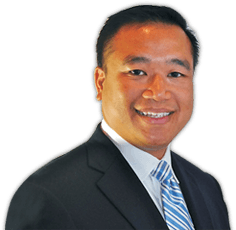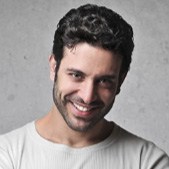Shoulder Joint Tear (Glenoid Labrum Tear)
The shoulder joint is a “ball and socket” joint that enables the smooth gliding and thereby the movements of arms. However it is inherently unstable because of the shallow socket. A soft rim of cartilage, the labrum lines the socket and deepens it so that it accommodates the head of the upper arm bone better.
Traumatic injury to the shoulder or overuse of shoulder (throwing, weightlifting) may cause labral tear. In addition ageing may weaken the labrum leading to injury. Shoulder labral tear injury may cause symptoms such as pain, catching or locking sensation, decreased range of motion and joint instability.
Your doctor may start with conservative approaches such as prescribing anti-inflammatory medications and advise rest to relieve symptoms until diagnostic scans are done. Rehabilitation exercises may be recommended to strengthen rotator cuff muscles. If the symptoms do not resolve with these conservative measures, your doctor may recommend arthroscopic surgery.
During arthroscopic surgery, your surgeon examines the labrum and the biceps tendon. If the damage is confined to the labrum without involving the tendon, then the torn flap of the labrum will be removed. In cases where the tendon is also involved or if there is detachment of the tendon, absorbable wires or sutures will be used to repair and reattach the tendon. After the surgery, you will be given a shoulder sling to wear for 3-4 weeks. You will be advised motion and flexibility exercises after the sling is removed. These exercises increase the range of motion and flexibility of shoulder joint.










